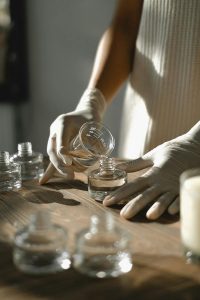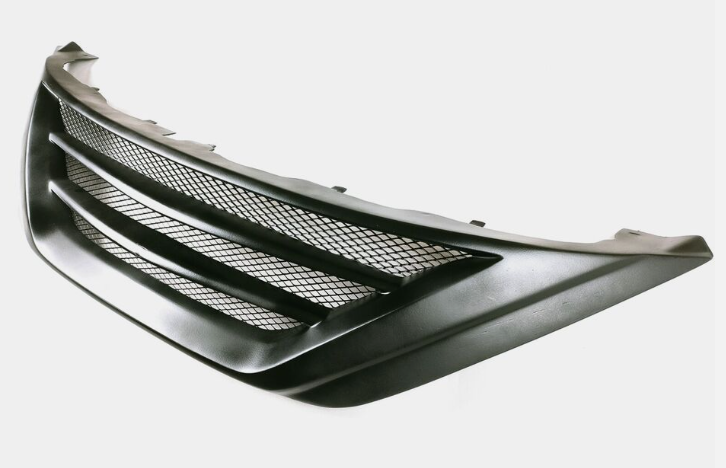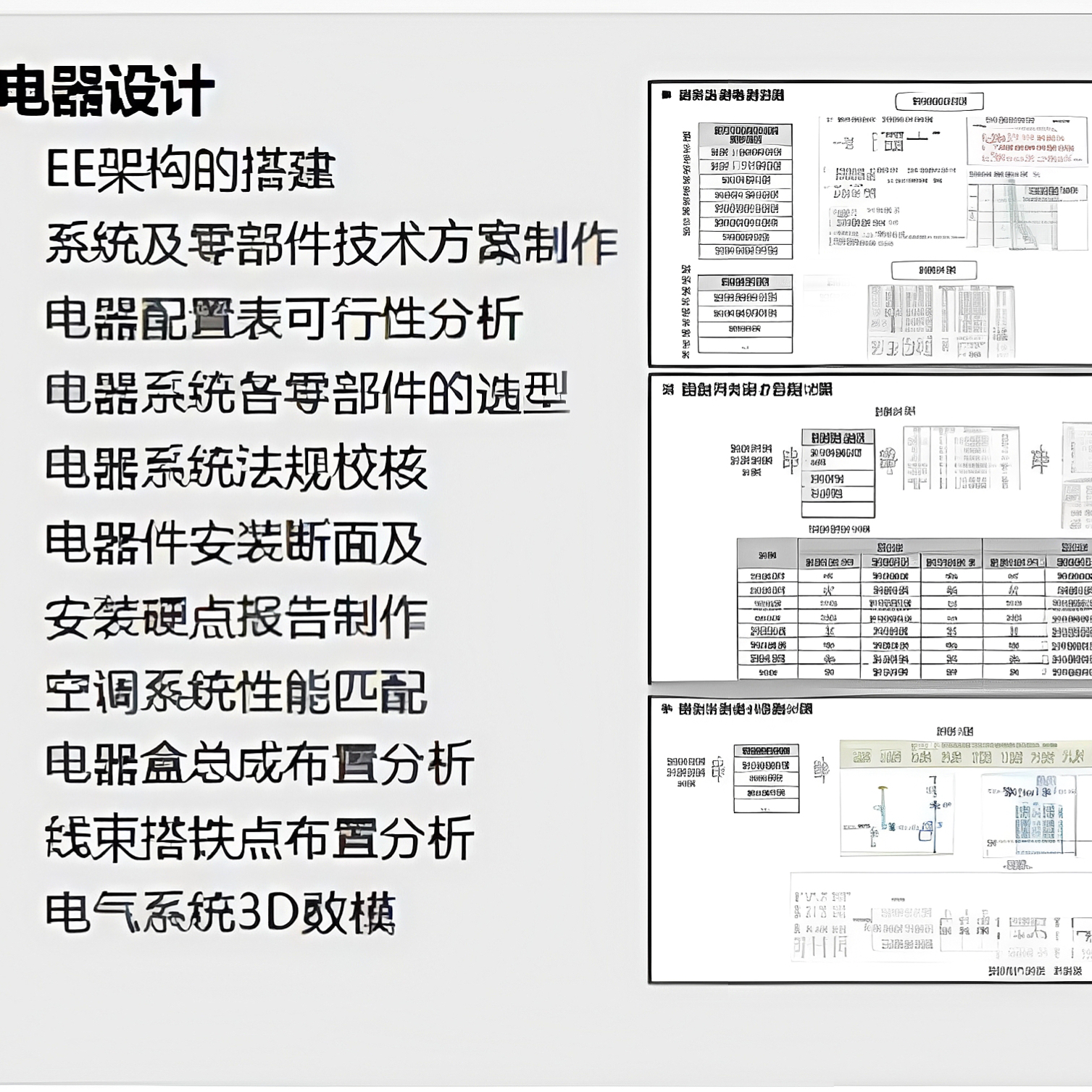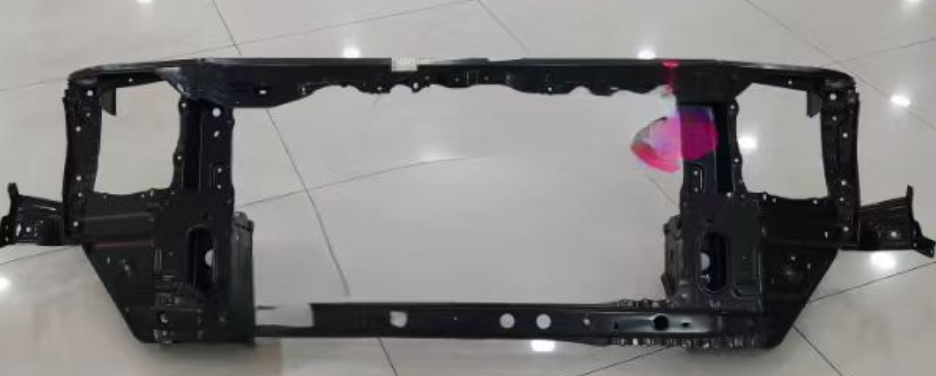The preparation method of alkyd resin is to condense polyfunctional alcohols, polybasic acids and vegetable oils or vegetable oleic acids. Different types of vegetable oils or fatty acid molecules have different numbers of double bonds, which can be divided into drying, non-drying and Semi-dry alkyd resin. Dry alkyd resin can self-dry in the air, and its drying is a process in which macromolecules are cross-linked and solidified by oxygen in the air. According to the content of vegetable oil or vegetable oleic acid used, there are short oil, medium oil, long oil, extra long oil and ultra short oil alkyd resin. The manufacturing methods of alkyd resin include melt method and solvent method. The melting method uses polyols, polybasic acids, vegetable oils or vegetable oleic acids to be heated under the protection of inert gas and lipidized at high temperature. When the acid value reaches the required level, solvent is added to dilute it. In the solvent method, the reaction raw materials are reacted in the solvent xylene. As a solvent, xylene can form an azeotrope with water to speed up the reaction. Compared with the melting method, the solvent method requires a lower reaction temperature, the reaction conditions are easy to control, and the synthesized alkyd resin is lighter in color. The performance of alkyd resin is related to the type of oil. The performance also varies with the molecular weight and structure. It is widely used in paints, coatings, ships, etc.

Application areas #
alkyd resins.glycerol-phthalic resin., oil-modified polyester resin formed by the condensation polymerization of polyol , phthalic anhydride and fatty acid or oil (glyceryl fatty acid ester) . According to the number and structure of double bonds in fatty acid (or oil) molecules, it can be divided into three categories : dry , semi-dry and non-dry. Drying alkyd resins can be cured in the air; non-drying alkyd resins must be mixed with amino resins and cured by heating. In addition, alkyd resins can also be divided into four oil degrees : short, medium, long and very long according to the content of fatty acids (or oils) or phthalic anhydride used . After the alkyd resin is cured into a film, it is glossy and tough, has strong adhesion, and has good wear resistance, weather resistance and insulation.
Classification #
1. According to the types of vegetable oils or fatty acids, alkyd resins can be divided into three types: dry, non-drying and semi-drying. Alkyd resin synthesized from unsaturated fatty acids or oils is a dry oil alkyd resin, which can be dried by itself or at low temperature. No. 200 solvent oil is used as its solvent. Through the method of oxidative cross-linking, dry alkyd resin can self-dry in the air. In a certain principle, dry alkyd resin is a modified product of dry oil. The drying principle of this kind of paint film is that alkyd resin molecules cross-link into macromolecules through a series of reactions. The molecular weight of drying oil is low, and the formation of macromolecules requires multi-step cross-linking, so it takes a longer time for the paint film to dry. After the alkyd resin is synthesized from the dry oil, it is equivalent to increasing the molecular weight of the dry oil. It only requires fewer cross-linking points to solidify into a film. At the same time, the paint film performance of the alkyd resin is significantly better than that of the dry paint film. . Non-drying oil alkyd resin, which cannot dry by itself in the air, is often used as a plasticizer and multi-warp-based polymer. Non-drying oil alkyd resin contains warp groups, so amino resin can be combined with it to make paint. If a two-component self-drying paint is prepared, it can be formulated with polyisocyanate. The paint film properties of semi-drying alkyd resins are between those of drying and non-drying alkyd resins.
2. Classified according to the content of fatty acids or oils in alkyd resins. Alkyd resin can be divided into long oil, medium oil and short oil alkyd resin according to the content of fatty acids in the resin. Oiliness refers to the amount of oil or fatty acids in the alkyd resin. The oil or fatty acid content of long oil alkyd resin is 60%~70%, the oil or fatty acid content of medium oil alkyd resin is 40%~60%, and the oil or fatty acid content of short oil alkyd resin is 30%~40%. In addition, there are ultra-long oil (greater than 70%) and ultra-short oil (less than 30%). The comprehensive performance of alkyd resin is closely related to the type and oiliness of the oil or fatty acid used.
Alkyd resin modification #
After years of research, the alkyd resin synthesis technology has been relatively thoroughly mastered. The synthetic raw materials are easy to obtain, the process is simple, and the paint film has good overall performance. However, alkyd resin also has defects, such as slow drying of the coating film, low hardness, and unsatisfactory water resistance. Its performance must be improved through modification methods. The current methods for modifying alkyd resin mainly include acrylic resin modification, silicone modification, styrene modification, nanomaterial modification, etc.
Acrylic modified alkyd resin #
Alkyd resin modified with acrylic resin has improved dryness, hardness, and weather resistance. There are two main methods of propionic acid modified alkyd resin: physical mixing and chemical modification. The physical mixing method is synthesized from polyfunctional alcohols and acrylic acid on the premise of adding polymerization inhibitors and catalysts, using benzene as the solvent. As a water-carrying agent, the solvent can promote the reaction and produce polyol acrylate. Commonly used acrylates include pentaerythritol tetraacrylate and trimethylpropanetriacrylate. After the polyol in acrylic resin is blended with the alkyd resin, the solid content of the alkyd resin can be increased, and the drying performance and hardness of the paint film are improved. Yu Zhangqing et al. synthesized a composite emulsion of polyacrylate and alkyd resin using emulsion polymerization. Studies have shown that increasing the temperature of reaction polymerization and increasing the amount of initiator can improve the stability of the emulsion and improve the alkyd The resin dosage ratio, the mechanical stability and water resistance of the emulsion are also improved. Chemical modification methods include copolymerization and graft copolymerization. The copolymerization method is to first synthesize the alkyd resin, and then add unsaturated monomers for copolymerization. The graft copolymerization method is to first prepare an acrylic acid prepolymer with active groups, and then react with the alkyd resin. The most commonly used graft copolymerization method is the monoglyceride esterification method. First, a prepolymer of acrylic acid containing a hydroxyl group is synthesized, and then esterified with monoglyceride, and then phthalic anhydride and polyol are added for esterification to obtain an alkyd resin. Zhao et al. used alcoholysis method to prepare acrylic acid alkyd resin. Research shows that the type and oil content of vegetable oil, the molecular weight of amphoteric acid prepolymer, the proportion of acrylic acid resin and the degree of lipidation reaction It has an impact on the performance of acrylic modified alkyd resin. The modified product combines the excellent properties of acrylic resin and alkyd resin, and the dryness, hardness and water resistance of the paint film are significantly improved.
Silicone modified alkyd resin #
Silicone coatings have excellent electrical insulation properties, high temperature resistance and corrosion resistance. The use of silicone modified alkyd resin can significantly improve the weather resistance and heat resistance of alkyd resin. By using silicone-modified alkyd resin through cold blending, the outdoor weather resistance is significantly improved. The preparation method is to first polymerize organic cinnamon to form oligomers, and at the same time, the meridian groups of the resin can react with the oligomers, so that the organic cinnamon and alkyd resin are combined by chemical bonds. During the preparation process, the performance of the modified product is affected by the type of catalyst and the light group content of the alkyd resin. The study prepared an intermediate of silicone, and then added glycerol and phthalic anhydride to react to produce a modified alkyd resin. The results showed that the modified alkyd resin has excellent outdoor weather resistance and ultraviolet resistance.
Styrene modified alkyd resin #
The coating film of styrene-modified alkyd resin has the advantages of good dryness, high hardness, and low cost. It can be used as a quick-drying paint and has become an important type of alkyd resin. The process routes for styrene-modified alkyd resin include: styrenation of fatty acids or oils, styrenation of monoglycerides, styrenization of alkyd resins and lipidation. Among the esterification methods, the post-styrenization method is more practical and has been widely used. Studies by Ye Daiyong and others have shown that when alkyd resin is modified with styrene, its relative molecular weight greatly affects the performance of the product. Therefore, by appropriately changing the relative molecular weight of the modified alkyd resin, a modified alkyd resin with excellent properties can be obtained. Liang Zhigang and others synthesized tung oil-based alkyd resin. The modified product has good performance, significantly shortens the construction period and reduces construction costs. Research shows that the acid value, viscosity and copolymerization method of tung oil-based alkyd resin will affect the performance of the copolymer product. The high-solid self-drying resin prepared by Chen Qingxiao and others adopts the post-styrene-alkylene refining method. Compared with the general alkyd resin, the paint film has more satisfactory performance. This kind of alkyd resin has been widely used in practice. Since styrene contains double bonds, it will generate homopolymers at high temperatures. Therefore, when reacting with alkyd resin, the homopolymer will affect the compatibility between styrene and alkyd resin, and the properties of the final modified resin coating will be affected. is affected, so the amount of homopolymer generated must be controlled.
Nano-modified alkyd resin #
The use of nanotechnology in coatings is very beneficial to improve the performance of coating films. Nanomaterials have specific functions. For example, nanoparticles have higher activity and larger specific surface area. Adding nanoparticles to coatings can greatly improve the performance of the coating. Nanoscale iron dioxide has become a hot research topic due to its small particle size, large specific surface area, strong ultraviolet absorption ability, and high surface activity. Nanoparticles have been used in coatings abroad to make luxury car paint. Some studies have used nanoparticles prepared by a uniform precipitation method and added them to alkyd resin in a certain proportion. The comprehensive performance of the nanocomposite alkyd resin coating film is much greater than that of the alkyd resin coating film without adding nanoparticles in terms of acid and alkali resistance. improve. However, due to the high activity of nanoparticles, high interfacial tension between particles, and easy agglomeration, specific dispersants must be added to alleviate the agglomeration problem of nanoparticles. Even in the presence of dispersants, high-speed mechanical stirring is required. dispersion. It is an emerging topic to use nanoparticles to modify alkyd resin to improve the comprehensive performance of alkyd resin and expand the application scope of alkyd resin.















